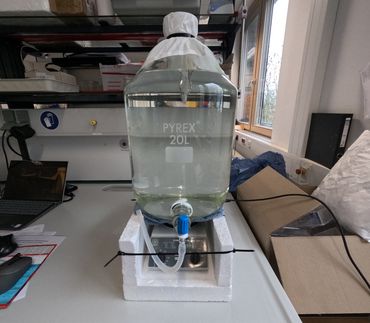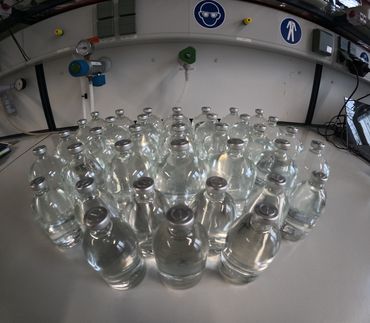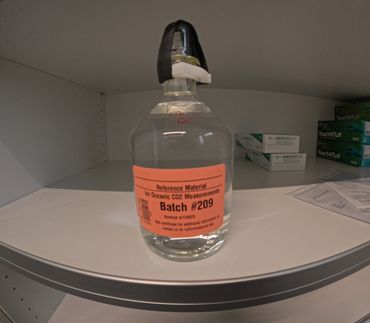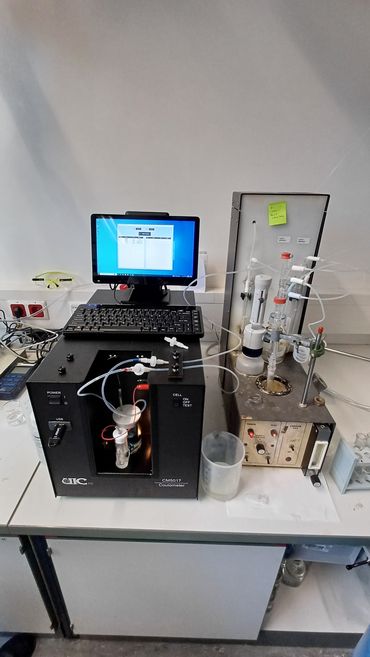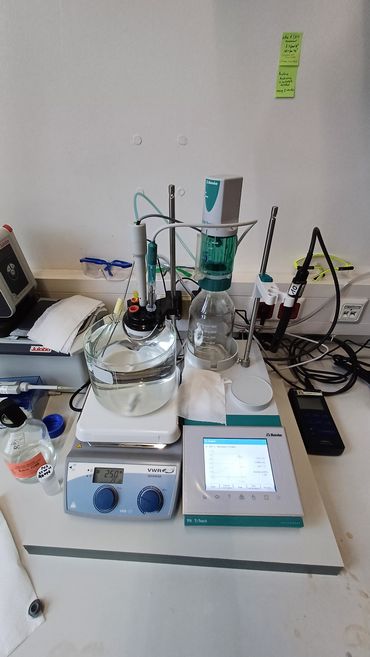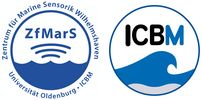Head

Prof. Dr. OLIVER WURL
Carbonate chemistry
Anthropogenic activities have increased CO2 emissions, with the oceans absorbing about 26%. The importance of the marine CO2 system for the global carbon cycle has motivated intensive field studies of the distribution of inorganic carbon in the ocean. However, to better understand how the ocean absorbs CO2, we must understand how the inorganic carbon system behaves in the sea-surface microlayer and near-surface ocean.
The laboratory follows best practices in measuring carbon system parameters such as dissolved inorganic carbon (DIC), total alkalinity (TA), and organic alkalinity (OA) from discrete samples. DIC is measured by coulometric titration. We measure TA by potentiometric titration and subsequential OA by back titration. Accuracy and precision in these procedures require the highest quality oceanographic standards, achieved through the daily use of standard and certified reference material supplied by A.G. Dickson (Scripps Institution of Oceanography, USA). The 1σ measurement precision was ±3 and ±2 µmol kg-1 for DIC and TA, respectively.
In addition to the discrete samples, we have several partial pressures of CO2 (pCO2) and pH sensors for in situ measurements on board our catamarans' Halobates and Glaucus. These are calibrated using standard procedures prior to deployment. With these catamaran-mounted sensors, we can track changes in space and time with high horizontal and vertical resolution (in the near-surface ocean, from the sea-surface microlayer down to 2 meters).
